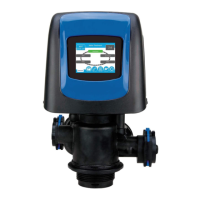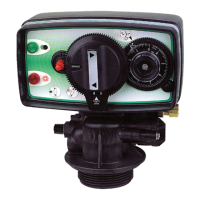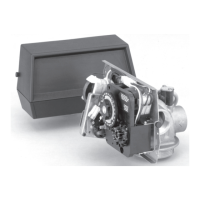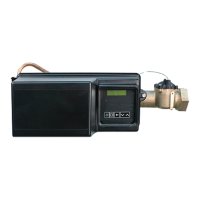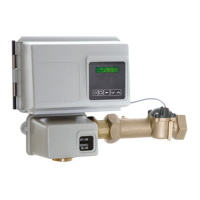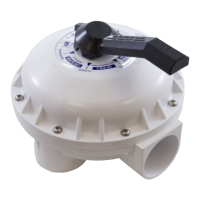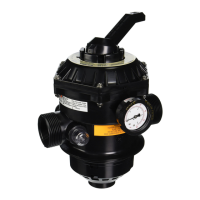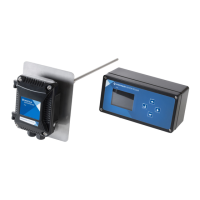SYSTEM DISINFECTION
Disinfection of Water Softeners
The materials of construction of the modern water softener
will not support bacterial growth, nor will these materials
contaminate a water supply. During normal use, a softener
may become fouled with organic matter, or in some cases with
bacteria from the water supply. This may result in an off-taste or
odor in the water.
Some softeners may need to be disinfected after installation and
some softeners will require periodic disinfection during their
normal life.
Depending upon the conditions of use, the style of softener, the
type of ion exchanger, and the disinfectant available, a choice
can be made among the following methods.
Sodium or Calcium Hypochlorite
Application
These materials are satisfactory for use with polystyrene resins,
synthetic gel zeolite, greensand and bentonites.
5.25% Sodium Hypochlorite
These solutions are available under brands names of household
bleach. If stronger solutions are used, such as those sold for
commercial laundries, adjust the dosage accordingly.
Dosage
A. Polystyrene resin; 1.2 uid ounce (35.5 ml) per cubic foot.
B. Non-resinous exchangers; 0.8 uid ounce (23.7 ml) per
cubic foot.
1. Salt tank softeners
A. Backwash the softener and add the required amount of
hypochlorite solution to the well of the salt tank. The salt
tank should have water in it to permit the solution to be
carried into the softener.
B. Proceed with the normal recharge.
Calcium Hypochlorite
Calcium hypochlorite, 70% available chlorine, is available in
several forms including tablets and granules. These solid
materials may be used directly without dissolving before use.
1. Dosage
A. Two grains (approximately 0.1 ounce [3 ml]) per cubic
foot.
2. Salt tank softeners
A. Backwash the softener and add the required amount of
hypochlorite to the well of the salt tank. The salt tank
should have water in it to permit the chlorine solution to
be carried into the softener.
B. Proceed with the normal recharge.
START-UP INSTRUCTIONS/
FLUSHING & CONDITIONING
The water softener should be installed with the inlet, outlet, and
drain connections made in accordance with the manufacturer’s
recommendations, and to meet applicable plumbing codes.
1. Program the valve control according to instructions shown in
this manual.
2. Start an immediate regeneration by holding the Extra Cycle
button for ve seconds. Position the valve to backwash.
Ensure the drain line ow remains steady for 10 minutes or
until the water runs clear.
3. Position the valve to the brine draw/slow rinse position.
Ensure the unit is drawing water from the brine tank (this
step may need to be repeated).
4. Position the valve to the rapid rinse position. Check the drain
line ow, and run for ve minutes or until the water runs
clear.
5. Position the valve to the start of the brine tank ll cycle.
Ensure water goes into the brine tank at the desired rate.
The brine valve drive cam will hold the valve in this position
to ll the brine tank for the rst regeneration.
6. Replace control cover.
7. Put salt in the brine tank.
NOTE: Do not use granulated or rock salt.
4 •
PENTAIR FLECK 5000 Control Valve Service Manual

